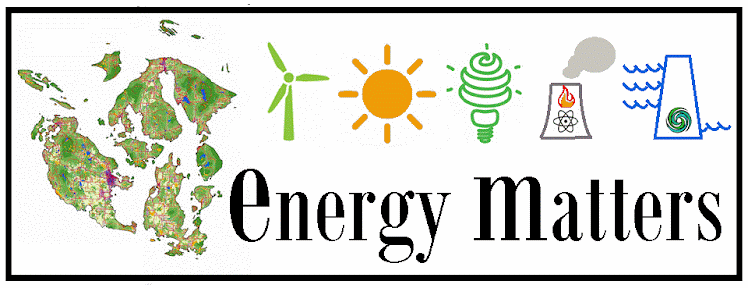The image of a
three-story pile of petroleum coke covering an entire city block by the Detroit
River that appeared in a 5/17/2013 New York Times article was a wake-up
call for me.
 |
| The wind picked up dust from the open-air petroleum coke pile on the side of the Detroit River as the 'petcoke' was loaded onto the Manitowoc (photo taken on May 14, 2013). |
The rising accumulation
of this toxic material, also known as “petcoke”, is a waste by-product of the booming
Canadian tar sands (bitumen) extraction, refining and distribution industry. It
is similar to coal, but with even higher CO2 emissions, heavy metals and carcinogenic
PAH (polycyclic aromatic hydrocarbon) content. Petcoke sells at a significant discount
to coal, and is increasingly blended with coal in coal-fired power plants
making coal-fired generation cheaper and dirtier.
What does petcoke and
tar sands have to do with us here in the San Juan?
The proposed Gateway
Pacific Terminal, the largest coal export facility in North America, is also
designed to handle and export petcoke out of Cherry Point through our
surrounding waters.
Petcoke from conventional crude (which is relatively cleaner than that from tar sands oil) is already produced
as a refinery byproduct in Anacortes and Cherry Point. Up to 6000 tons of coke
are shipped weekly from the Anacortes refineries by train to the Alcan Inc.
aluminum smelter in Kitimat, British Columbia. As more tar sands are refined,
petcoke production will increase.
Sticky bitumen,
extracted from tar sands in Alberta and mixed with diluents to allow the
mixture (“diluted bitumen” or “dilbit”) to flow, is transported through the
existing pipeline from Alberta to refineries in Washington. As conventional oil
from Alaska declines in production, tar sands oil will play an increasing role
in meeting the US demand. A plan is already in the works to more than double
the pipeline capacity to move more tar sands oil through our Salish Sea.
Petcoke is thus the
coal hiding in tar sands oil boom and is potentially turning refineries into coal factories
and our surrounding waters into dirty fossil fuel highway to Asia!
We are only beginning
to see how tangled we are in this coal, tar sands oil, petcoke production and
transportation business.
One local risk and
potential impacts arises from the open-air
piles of petcoke at the Port of Anacortes awaiting shipment (by ship and by
rail, in open box cars). The petcoke must
be misted to reduce the release of toxic dust. The capture and
treatment of this toxic dust and water mixture is at best diverted into the
Anacortes sewage treatment plant, which does not detoxify heavy metals or PAHs.
These carcenogens likely end up in Padilla Bay and Salish Sea and bio-accumulate
in shell fish, salmons, orcas and seafood-loving humans.
The growth of
industrial petcoke activity may not be ours by conscious choice, but we can
certainly do what we can to keep toxic coal, petcoke and tar sands oil off our
food, waters and shoreline. We can contact our local councilmen,
representatives and legislatures to voice our concerns and demands for proper
regulations, and choose to make steps towards less fossil-fuel-dependent
lifestyle to wean ourselves from the hydrocarbon industry.
Visit
lopeznocoalition.wordpress.com to get sources of information for this article.
